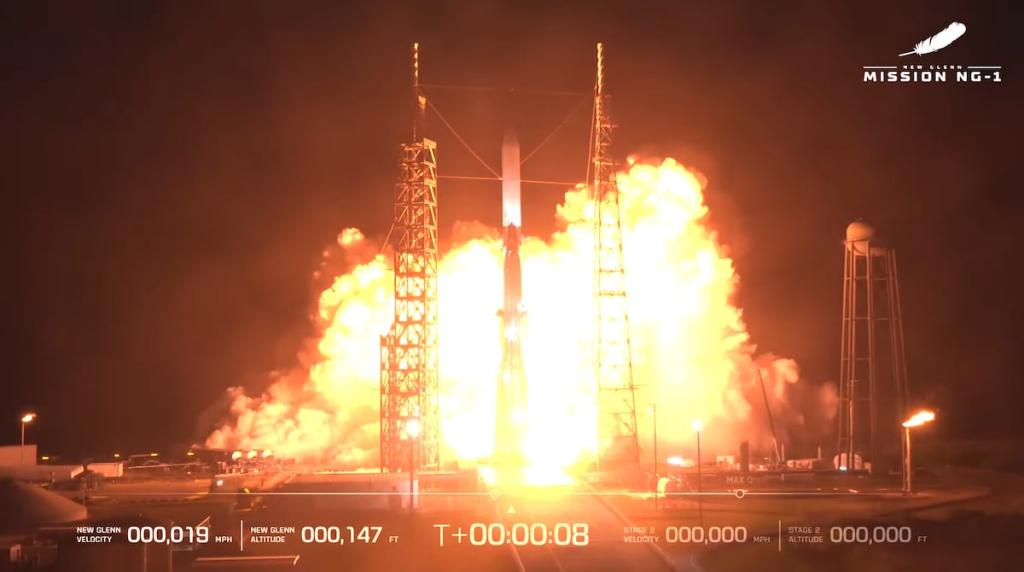Unveiling Europa: NASA's Mission to Explore Life in Our Solar System
Discover how NASA's Europa Clipper mission aims to explore the icy moon Europa for potential signs of life beneath its frozen surface.
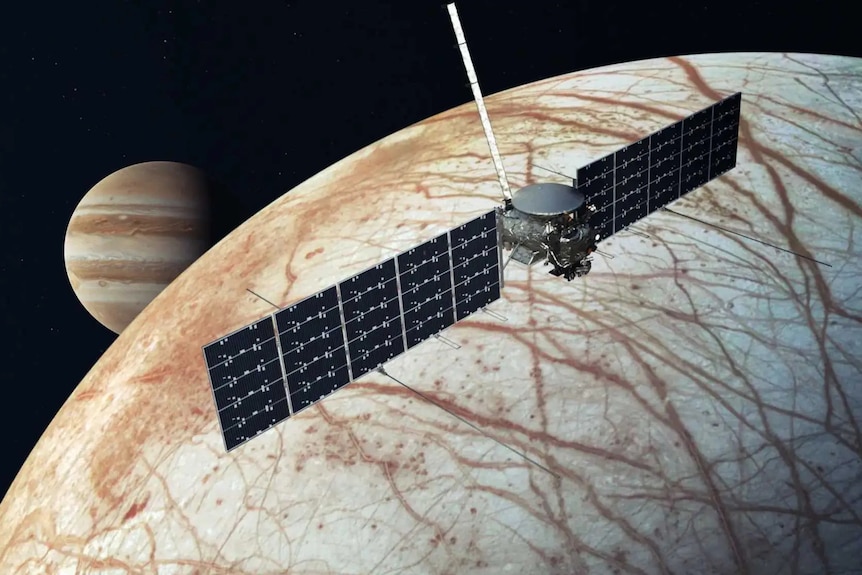
Key Points
- Nasa's Europa
Clipper mission will explore
Jupiter's moon Europa to assess its potential for supporting life beneath its icy surface.
- The spacecraft, equipped with advanced scientific instruments, aims to gather data on the moon's ocean, chemical composition, and geological activity.
- Understanding Europa's conditions could reveal insights about the possibility of life beyond Earth and reshape our views on life's existence in the universe.
In the quest to understand life beyond our planet, one of the most promising locales lies in the icy realms of Jupiter's moon, Europa. As NASA prepares to launch the ambitious
mission, scheduled for October 14, 2023, scientists are filled with excitement and anticipation. This mission holds the potential not just to explore an extraterrestrial environment, but to uncover whether conditions exist for life under Europa's le icy façade.
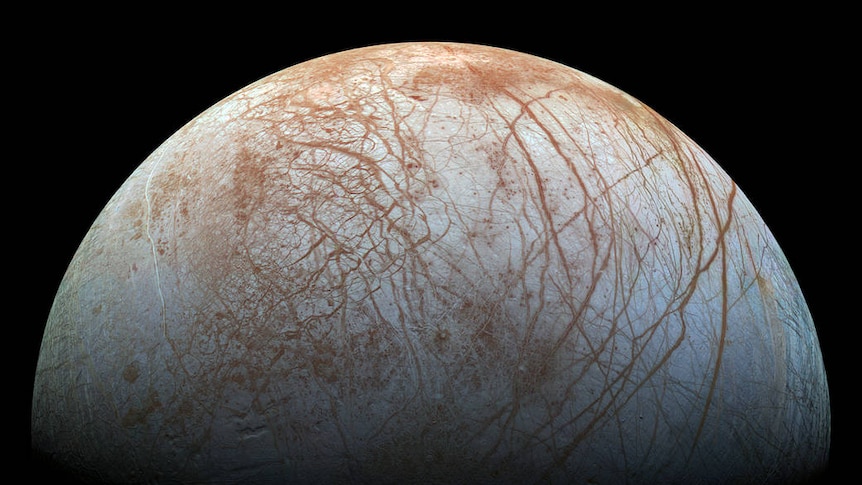
What Makes Europa So Special?
Europa is unique among the 95 moons orbiting Jupiter due to its extraordinary features. Predicted to possess a vast ocean beneath its icy crust, which is estimated to be between 10 to 15 miles thick, this moon may contain more water than all of Earth's oceans combined. Europa's ocean is crucial in the search for extraterrestrial life because it contains the necessary ingredients: water, organic compounds, and energy.
The history of interest in Europa dates back to the 1970s when astronomers first speculated about the potential for water ice on its surface. Subsequent missions, such as the
spacecraft in the 1990s and the more recent observations by the
, have provided tantalizing images, including signs of water vapor plumes erupting from the moon's surface. These plumes might suggest that liquid water resides beneath the ice, making Europa a prime candidate for harboring life.
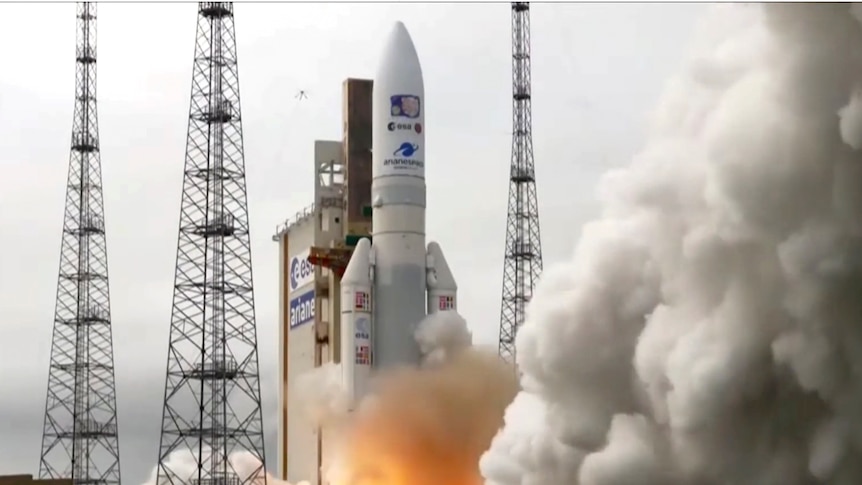
The Europa Clipper Mission: Objectives and Instruments
Nasa's Europa Clipper is a groundbreaking mission with a budget of $5.2 billion. Unlike prior missions, the Clipper will not seek evidence of life directly but rather aims to assess whether the moon possesses the fundamental conditions that could support life as we know it. Its primary objectives include:
This spacecraft, measuring over 100 feet in length, is equipped with nine scientific instruments, including radar capable of penetrating the thick ice. These sophisticated tools will enable researchers to gather data on the ice thickness, the ocean's composition, and any potential geothermal activity that could provide energy for microbial life.
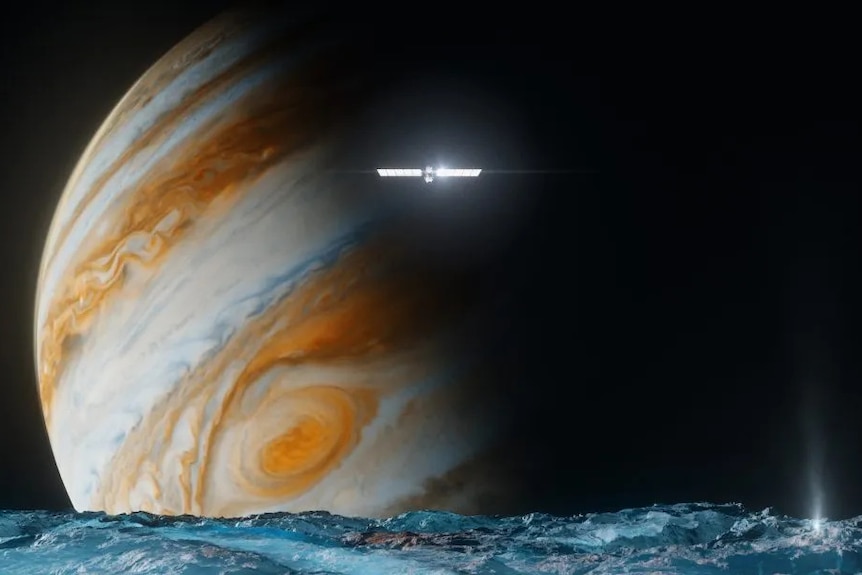
Facing Challenges: Radiation and Environmental Hazards
While the excitement surrounding the mission is palpable, it does not come without its challenges. Europa is located within Jupiter's intense radiation belts, which pose substantial threats to any spacecraft attempting to study the moon. Clipper's electronics are safeguarded in a specially designed vault to withstand the equivalent of over a million chest X-rays during each flyby.
Despite these challenges, scientists remain optimistic. If life does exist on Europa, it may harness chemical energy from the ocean floor or the oxidants present on the icy surface, potentially creating ecosystems similar to those found in Earth's deep-sea hydrothermal vents.
The Impact of Discovering Life Beyond Earth
Discovery of life on Europa would revolutionize our understanding of biology and the distribution of life in the universe. As Mark Fox-Powell, a planetary microbiologist, emphasized, “If we discover life far from the Sun, it could mean that life could be common in the universe”. This could prompt questions of how life originated, independently or in parallel across different celestial bodies.
Overall, the Europa Clipper mission represents not just a journey to a distant moon, but a pivotal stride towards answering one of humanity's greatest questions: Are we alone in the universe?

As we look ahead, the mission will not only deepen our understanding of Europa but may also unlock the secrets of life beyond Earth. The findings from Europa Clipper could lay the groundwork for future exploration, possibly leading to missions that will land on the surface and directly search for signs of life. The journey to uncover the mysteries of Europa is just beginning, and the implications of its discoveries could shape our exploration of space for years to come.


